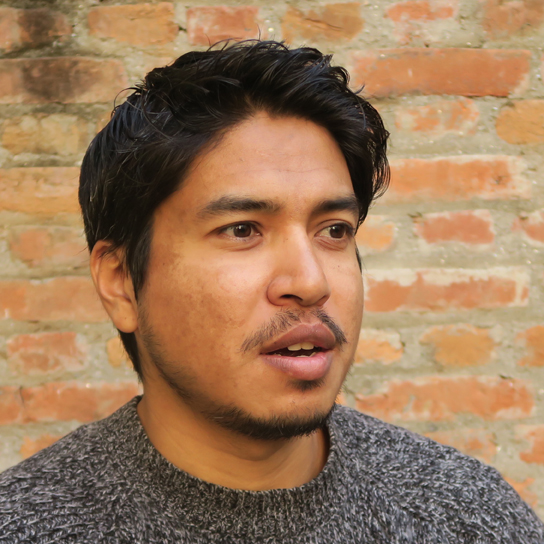“Everything you like is an acquired taste. You have to train your palate to like.”
Prashanta Khanal
I grew up in a family with two different cultures and many contrasting customs. My father’s supposedly higher caste Brahmin community abstains from alcohol and buffalo meat consumption. But my mother’s Newa community considers alcohol and buffalo meat as essential part of the food culture—they are even offered to the gods, and required in every festival and celebration.
Growing up in two different cultures, I learned to respect differences in cultures, and also to see society from different perspectives and with open-mind. In our home, we siblings grew up embracing parts of cultures of our both parents, whether about food, festival, or custom.
In this blog, I share stories and recipes of Nepali cuisine, Nepali food culture, its history. Nepali cuisine is much more diverse than you think. Over a hundred ethnicities reside in Nepal, each with its own food culture. The varied geography ranging from a hundred meters above sea level to the world’s highest mountains supports a rich diversity of flora, fauna, and food. Unfortunately, many Nepalis are not aware of these rich food cultures. They are also slowly losing traditional recipes and knowledge.
In 2013, I started this blog intending to promote and celebrate these food cultures, ethnic cuisines, and traditional neglected ingredients, which are enjoyed for centuries in Nepal.
I also write on Nepali foods and its history in The Kathmandu Post, a leading national daily. I am currently writing an unconventional cookbook, which will not only have recipes from across Nepal’s different ethnicities and regions, but will also examine the history, cultural significance, and differences. I explore how food culture has changed within Nepal and how food has shaped identity.
Beside my interest on cooking, exploring new food culture, and writing on foods, I work on air pollution, sustainable cities, sustainable urban mobility, and climate change. I love cycling; and you may see me pedaling in and around Kathmandu.
On Name of the Blog
The name of this blog ‘Gundruk’ is the most popular and loved Nepali food. It is enjoyed by many communities across Nepal—a cross-cultural food— from the plains to the mountains. Gundruk is dried fermented leafy vegetables, made generally from mustard green leaves (rayo ko saag) or radish leaves (mula ko saag). When these leafy vegetables are abundant in the season, they are fermented and then dried to preserve for winter and dry seasons. The fermentation process also helps in developing very peculiar smell and tangy flavor. It is a survival food.
Gundruk sandheko, Gundruk ko acchar, Gundruk Bhatamas or Gundruk ko jhol, how do you like it?
You can also share recipes and information on foods enjoyed by different ethnic communities in Nepal. I would be more than happy to feature in this blog. Contact us on contact page here. Email: ![]()
Note: All the pictures besides the one with credit are taken by Prashanta Khanal. If you are using them, please provide photo credit as Prashanta Khanal/thegundruk.com!

